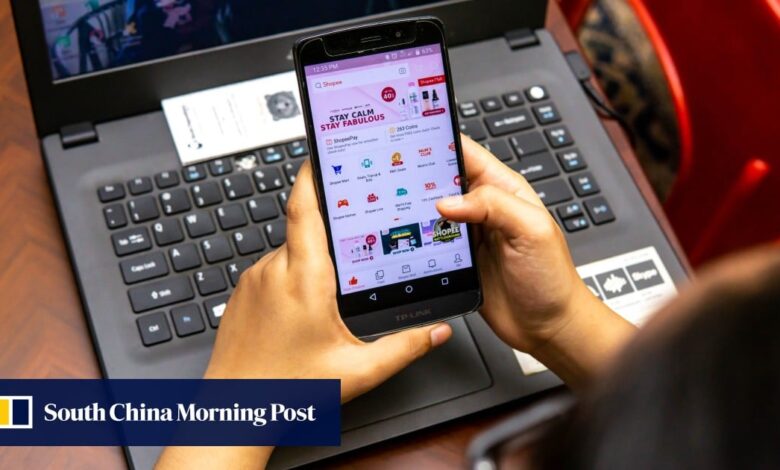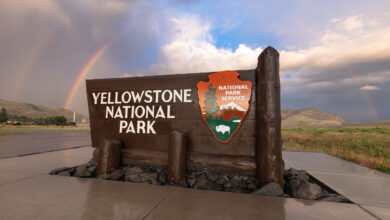Half of Malaysians experience poor internet connectivity as digital divide hampers 5G goals

Malaysia’s 5G network is rated as among the fastest globally by network intelligence firm Ookla. It has so far reached 80.5 per cent coverage of populated areas and over 11 million subscribers as of February, according to government data.
The government has promised to ensure half of the country’s rural areas will be covered by the 5G network, which it has said will boost productivity and growth.
But overall connection is patchy across the region, where transmission towers are concentrated in centres of commerce and industry, areas where tower infrastructure firms – also known as towercos – and network operators can earn the most.
This leaves significant segments of Southeast Asia’s 675 million residents living in rural areas with slow and unreliable internet, exacerbating a digital and economic divide as urban centres race ahead at speeds matching their gigabits of data access.
Poor internet connection curbs progress across society. For rural students, it means limited access to learning resources that governments are placing online. For businesses aiming to expand their market presence, weak connectivity in rural areas is a major hindrance.
Collectively, he estimated the annual spending on tower leases across the three countries at between US$2 billion to US$3 billion, with plenty of scope for towercos to branch out across the rest of Asean. But much of the expenditure is focused on commercial centres like Java island, where Indonesia’s capital Jakarta is located, according to Suresh.

“At least half the new [tower] builds are still in Java, so commercial [considerations] always trump people’s decisions,” he said. “It’s a lot of towers they build, several thousand a year, but it’s shared by a much bigger geography and more dispersed.”
Suresh, whose firm was only the second multi-national towerco established in Southeast Asia managing over 14,000 towers, said despite efforts by Malaysia and Indonesia to extend rural coverage, the digital mismatch persisted in these countries due to issues limiting rural internet access.
A key barrier faced by regional countries was the lack of scalable rural infrastructure to install tower networks with the option of future expansion, he said.
“One thing we think is a problem is there’s no backhaul,” Suresh said, referring to an intermediary system that can link a core network to subsidiary networks. “You can have a [tower] site, but what will it connect to?”
Cost-effective and reliable technology to build such networks is already available, according to Suresh.
But the public and private sectors had to work together to narrow the connection gap between urban and rural areas, he said.
“I don’t think anyone thinks it’s a bad idea … I think the way they’re used to doing it is often prescribed in regulations and processes, and that’s very difficult to change,” Suresh said.
“Doing more of the same probably won’t get you there and won’t get you to 5G because 5G adds another layer of complexity.”
Governments could help steer towercos to underserved areas through incentives such as cheaper site rentals or preferential spectrum pricing, Suresh said.
The relevant authorities should open up more broadband spectrum and make it available at a “more palatable cost” for rural users, he added.




